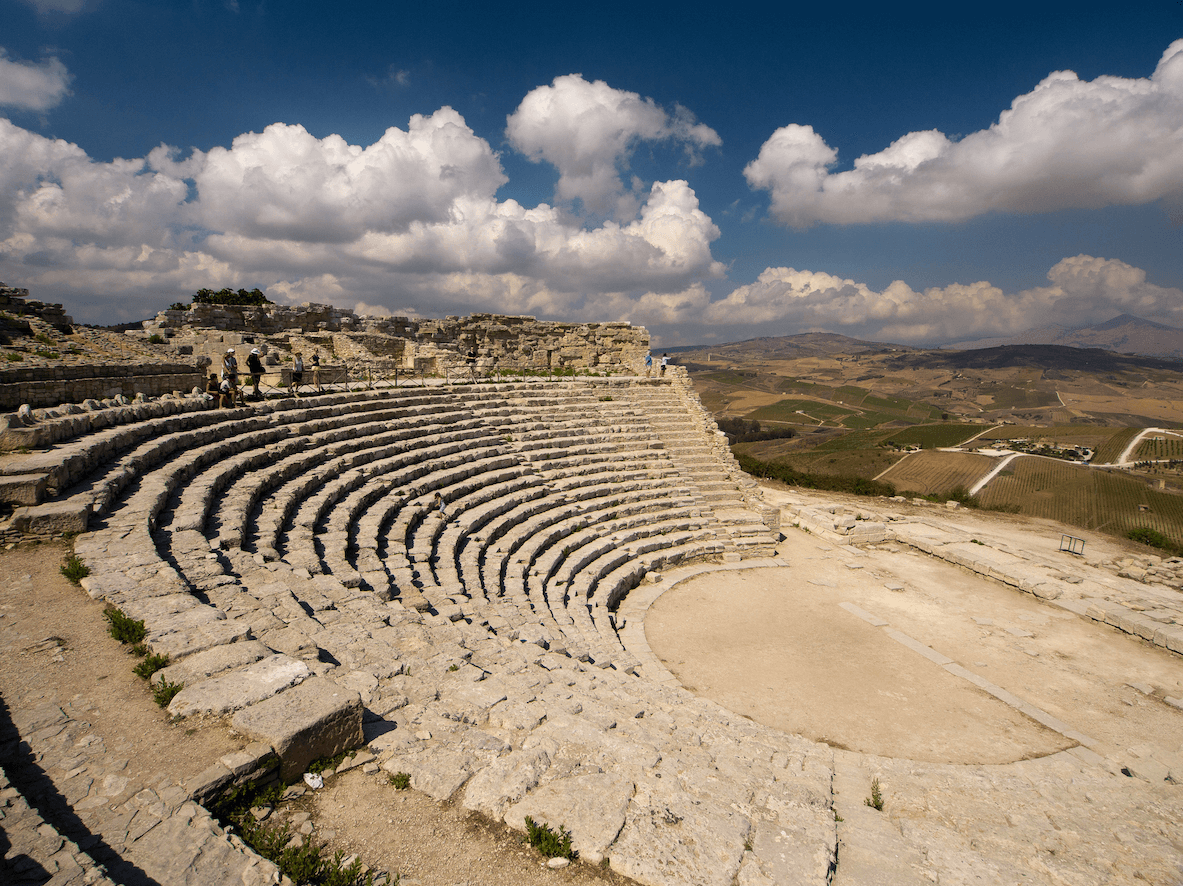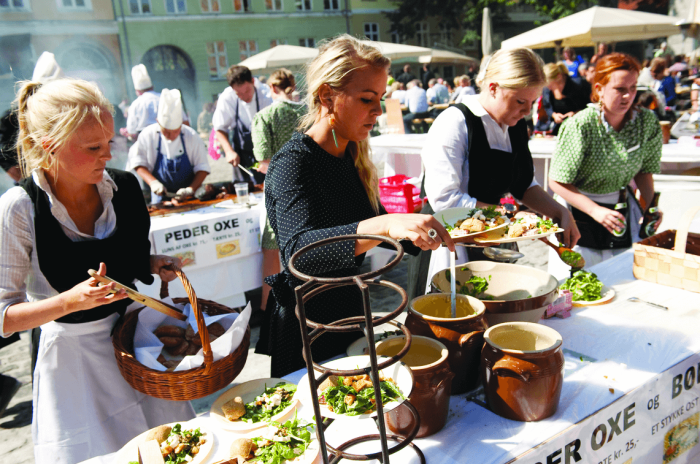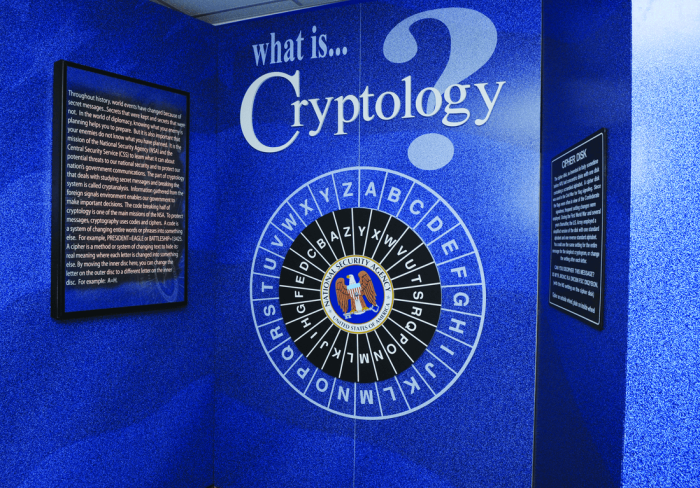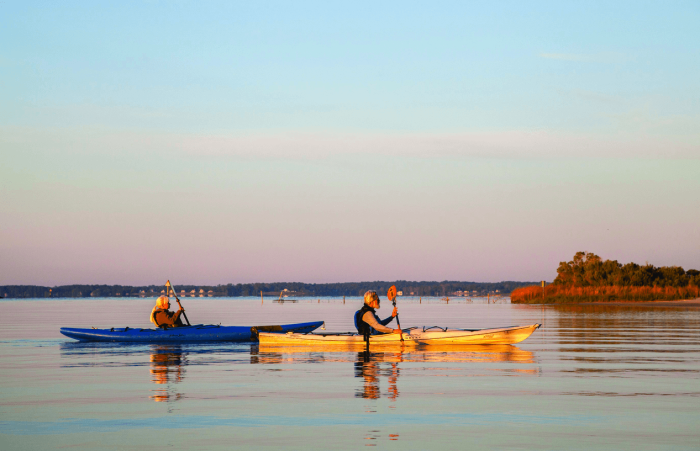Sicily has better-preserved Greek temples than you’ll find in Greece. The Valley of the Temples near Agrigento, a Unesco World Heritage Site, has eight temples, built from about 510 to 430 BCE. The most stunning is the Temple of Concordia, considered to be one of the finest Greek temples in the world. The reason they’re here is that this was the ancient and important Greek city of Akragas, founded in the sixth century BCE. It once has a population of 800,000. Also not to miss is Taormina, on the east coast. Its ancient Greek theater makes it one of Sicily’s most significant sites. It was built in the third century BCE, then enlarged by the Romans in the second century BCE, and is remarkable both for its state of preservation — it remains pretty much as it was when gladiators fought here — and for its views of the sea and Mount Etna. related:Explore the Tuscan coast
Taormina isn’t even the largest Greek theater on Sicily. That would be the one at Syracuse, further down the east coast. Syracuse was a significant Greek colony, and its theater was built in the fifth century BCE. It isn’t as well preserved as the theater at Taormina, but it remains breathtaking. Nearby is a sixth-century-BCE Greek temple, and the site’s archaeological museum is also impressive. Near the northwestern tip of Sicily is Segesta, a site first settled in the 12th century BCE. In the fifth century BCE the Greeks built a temple in a perfect hilltop setting here, and this also remains wonderfully well preserved. So too does the fourth-century-BCE theater, which is still used for summer performances today, with its spectacular natural scenic backdrop. related:Panama: Creatures beyond the canal
Thirsty work
Visiting archaeological sites is thirsty work but wine-making in Sicily is a thriving business, and the island is no longer the Italian backwater it once was. Look out for:
Marsala is Sicily’s best-known wine, though in its homeland you’ll find many more varieties and not just the fortified sweeter versions that are usually exported.
Pantelleria is an island off Sicily noted for its sweet Moscato wines.
Nero d’Avola is a Syrah-like red which is incredibly popular now, and many of the new boutique vineyards produce one.
Novello is Sicily’s equivalent of Beaujolais Nouveau, to be drunk young —so you’re unlikely to find it outside the island.
For more travel advice on Sicily go to www.insightguides.com.

These are just some of the best of Sicily’s archaeological sites. Others to put on the list include the beautiful Roman mosaics at the Piazza Armerina, the temples at Selinunte and the hilltop site at Tindari. Bringing them all together is the Regional Archaeological Museum in Palermo, which displays items from all of these sites, and more.
Touring Sicily’s ancient sites

























